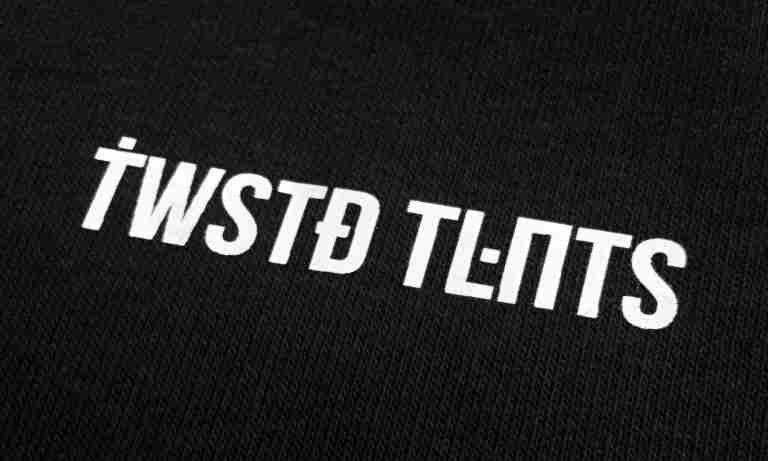The STAB Typology developed by Dr. Wolfgang Looss includes four orientations typical of behavior towards one’s environment and other people. These are orientation of structure (Struktur), loyalty (Treue), actions (Aktion) and relationships (Beziehung). The way in which these orientations develop shows how people are likely to react in specific professional situations.
- Do they react in a dominating, action-oriented way?
- Do they immerse themselves in upcoming problems in a basically rational way?
- Do they prefer the relationship aspect of situations and feel comfortable or do they remain cautious and skeptical, relying on past experience?
The STAB Typology registers tendencies within these four orientations, relative to male and female populations. It also differentiates between…
- …one’s inner structure and inner self
- …what is shown to the outside – the projected picture of oneself – and what is actually perceived by the outside world
The STAB Typology helps to make the following statements:
- What does a person need to be most productive?
- How can a person be motivated?
- What kind of situations will push a person to his or her limits?
- How does a person approach a task?
- Which tasks are suitable for whom and which are not?
- What role is a person likely to take within a team?
- How does this person lead and how can he or she be led?
Possible Fields of Application
The STAB Typology can be used in processes that evaluate potential, such as individual and group self-assessments. The STAB Typology can complement other test systems and contribute as to a basic orientation of a person. The results are usually highly estimated by the test subject.
The tool can therefore be used for educating executives and human resources professionals. In addition to gaining self-understanding, STAB categories can also be applied to coworkers. This can help answer questions about motivation, development and qualification.

Eric’s STAB Type?
Nr. 5 → Particular Persistence
How he sees himself = 5 / What he shows to others = 5 / How others see him = 5
The range goes from 1 to 9 which is not valued as it is not a psychological test but rather an instrument to determine and describe behavioral patterns.
The result does neither reflect good nor bad but it describes and descriptions may for example be used for further team development.
Notice the congruence 5-5-5 in Eric’s evaluated type?
This means the way he sees himself is quite equal to what he shows to others and how others perceive him.
Obviously, he is what he is and WYSIWYG (what you see is what you get).
Behavior description
These people achieve targets through determination and perseverance. With their analytical attitude and their focus on results they are experienced as pragmatic, objective and fact-oriented. Often, they have the function of bringing others back to the ground of reality. In carrying out their work, they demonstrate security, consistency and a high degree of responsibility. They are determined and finish what they once started. Because of their focus on the facts, they are often seen as critical and skeptical. Often, it does not bother them to be alone with their opinions and to go their own way.
Possible vulnerabilities
These people are less concerned about pleasing others. They want the work to be done and that the team does not get lost in emotions. They tend to stick to their made-up minds and concluded opinions and are therefore sometimes viewed as persistent and stubborn. Their quest for independence makes them like to do things in their own way. The supervisor must intervene with direct instruction if he or she wishes a different procedure. Difficult to express their own feelings, they may find it a challenge to sell their ideas and generate enthusiasm. They rather trust themselves than others and could have a delegation problem.
What to learn
Learning to understand others, “walking in their shoes”, assessing the impact of one’s actions on others is a learning ground for these people. They learn best in a systematic and logical process. They have to learn to demand less and to delegate more. Compromise must be practiced. Occasionally “empathizing” the emotional side of an event is important to leadership, as well as the ability to engage in cooperation with others.
How to deal with
These people need their own work area clearly defined. Close supervision annoys them. Their competence is just as important to them as the opportunity to present their results. They are well suited for technical and fact-based work, less for interpersonal relations at work. They need the trust and competencies to turn their strategic visions into reality.
Traits Conclusion
Eric is a clearly contoured individual who consistently exhibits a homogeneous behavior across various situations, driven by a total challenge mindset. He thrives in competitive environments, motivating others and achieving goals, while maintaining security and stability. His strong inner motivation influences people and circumstances, with a resilience that ensures his effectiveness under pressure. His intuitive, creative, and holistic approach to work emphasizes innovation and integration, complemented by a logical and analytical mindset for problem-solving. Eric’s ability to express ideas and teach, alongside his organizational skills, positions him as a thinking, organized creator and commercial entrepreneurial communicator who persuades doers. Gifted according to Stanford-Binet, highly intelligent per Cattell, and very superior per Wechsler, Eric is open to experience, conscientious, agreeable, and relaxed under stress. He achieves targets through determination and analytical focus, often perceived as pragmatic and objective. His top personality talents include implementation, creation, and analysis, with a work environment preference for detail orientation, risk appetite, and factual orientation. Autonomous and influential, Eric enjoys advanced working conditions, balances work-life effectively, seeks prestigious and financial rewards, values security, and consistently delivers performance while favoring self-development and occasionally underestimating work relationships.











